Nexus 5 review: still top-shelf one year on
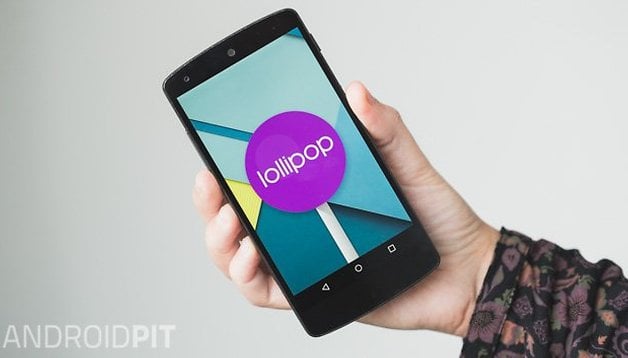

The LTE-enabled Nexus 5 is the successor to Google’s hugely popular Nexus 4, arriving one year after the first LG-built Google phone appeared to incredible fanfare and demand. While the Nexus 5 has recently been superceded by the Nexus 6, the larger format of the newer Nexus has some people concerned. Fortunately, the Nexus 5 will continue to be sold alongside the Nexus 6, and it has now been updated to Android 5.0 Lollipop. In our revisited Nexus 5 review, we see how the Google phone stacks up as one of Google’s longest running smartphones.
Good
- Longetivity
- Cheap
- Super-fast
- Great display
- Stock Android 5.0
Bad
- Average camera
- No micro SD slot
- Battery
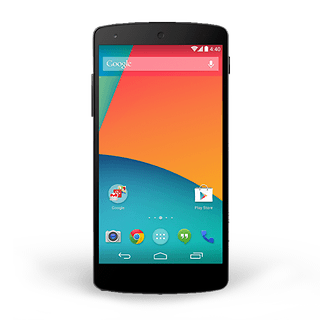
Google Nexus 5 design and build quality
- Nexus 5 tips and tricks
- Nexus 5 vs Nexus 6: is the new Nexus worth the upgrade?
The Nexus 5 is manufactured by LG and is based on the internals found in the LG G2. While the Nexus 5 doesn’t have the flashy rear key or curvy behind, the high-end build quality of the G2 (and the Nexus 4, for that matter) is apparent immediately. It’s like a Nexus 4 that’s gone through a minimal phase. Gone is the silver trim, rounded display glass and curve on the sides where they meet the back plate.
The Nexus 5 is a solid slab of screen with sharp corners and no apologies. It’s all G2 inside and Nexus 7 (2013) at the back. The stark “edginess” of the device is quite noticeable when you pull it out of the box and if you must level a criticism at it, it’s a little plain looking, even though our readers have voted it the best looking Nexus ever.
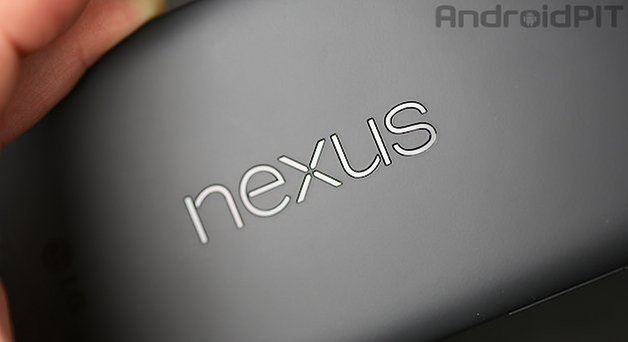
The chassis is made of the same rubberized plastic as the new Nexus 7 which wraps up the sides as well. It seems a shame to lose that nice tacky rubber feel from the edges of the Nexus 4, but the Nexus 5 feels great and sticky nonetheless. Despite the sharp edges it feels very good in the hand and the near-5-inch screen doesn’t impact on the feel of the device’s footprint, in large part due to the tiny side bezels.
The Nexus 5 has ceramic power and volume buttons that are super sharp compared to the Nexus 4. But the same design style is followed through on both: where the Nexus 4's screen, chassis and buttons were rounded and smooth, the Nexus 5 is hard and sharp all over. Even the characteristic Nexus 4 corner curves are sharper and tighter this time around. It's a design style that has now found its way into the new Nexus 9 tablet as well, creating a repeated Nexus style for the first time despite the two devices being manufactured by different OEMs.
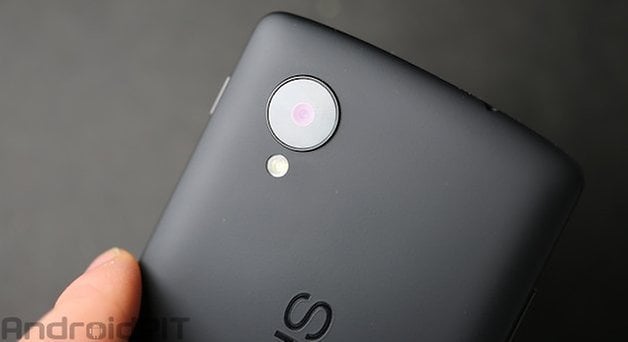
Despite having a larger screen, the Nexus 5 is only marginally taller than the Nexus 4, and is actually a little thinner and lighter. Of course, the Nexus 5 is much smaller than the Nexus 6, which tops out at a 6-inch display and has been modelled on the exterior of the Moto X (2014). The front features a slightly recessed call speaker (which gets a colored highlight depending on which color Nexus 5 you buy), sensors, a camera and a LED notification light.
The back has the slightly recessed Nexus logo emblazoned across it like the Nexus 7 (2013), and in the top corner sits the conspicuous main camera lens glass, which is raised above the rear cover. When the device is laid flat, the raised edge surrounding the glass touches the surface and there’s a peculiar wobble to the device when you press down on the other top corner. It’s a strange design choice that won’t please everyone and is a little out of place in the otherwise clean and slick build.
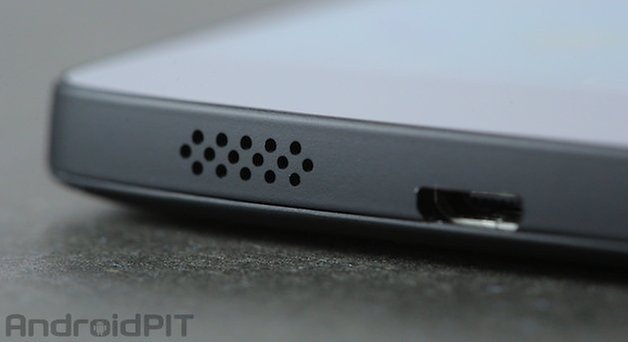
There’s twin speaker grills, although one houses a mono speaker and the other the microphone, on the bottom along with the micro USB charging port. The speaker jack and pinhole mic are up top, on the left and right respectively. The left side has the volume rocker and the right side holds the power button and micro SIM slot. There is, of course, no removable rear cover, replaceable battery or microSD card expansion, nor is there an IR blaster port.
It’s a perfect right angle from the screen to the sides, so the Gorilla Glass 3 is fully exposed, but should be capable of withstanding regular knocks and scrapes without a case. The shatter-magnet Nexus 4 glass back panel has been switched out for a much more shock-absorbent polycarbonate skin that will please many. All in all, the Nexus 5 feels great, looks great and is very solidly put together.

- Common Nexus 5 problems and how to fix them
- How to take a screenshot on the Nexus 5
Google Nexus 5 display
The Nexus 5 has a 4.95-inch, Full HD IPS LCD display with 1,920 x 1,080p resolution and 445 pixels per inch – a very impressive pixel density, even one year down the track. The display is bright and crisp, noticeably sharper and brighter than the Nexus 4 but of course not up to par with the Nexus 6's QHD display, and the color reproduction is a little pink.
The whites are nice and even, albeit a little warm, and to my eye it is only a touch more contrasty and saturated than the Nexus 4 display but again, not up to par on the high contrast and solid blacks found on the Nexus 6's AMOLED display. The viewing angles are brilliant, but the blacks are not great which is typical for LCD screens. The sharpness of the screen is exceptional though and makes for an amazing slate for video, reading and internet browsing. Android 5.0 has also brought some hi-res graphics imporvemtns that you'll notice if you had a Nexus 5 running Android 4.4.4 KitKat.
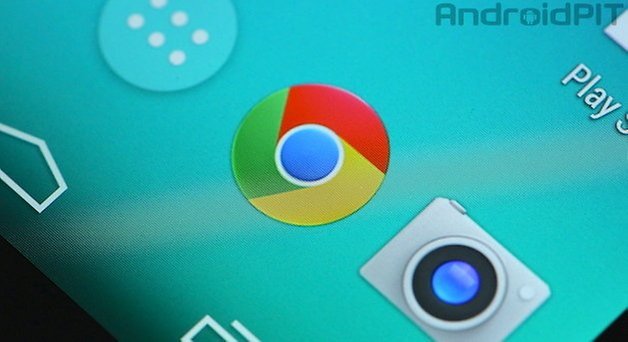
Google Nexus 5 software
As an Android showcase device, the Nexus 5 runs stock Android and only ships with the basic Google apps pre-installed - all of which have received a Material Design update with Android 5.0 Lollipop. The device comes straight out of the box running Android 5.0 Lollipop these days, although it was revealed back in October of 2013 as the showcase for Android 4.4 KitKat. Of the 16 GB of internal memory on our model, 12.55 GB was available out of the box.
Updated Nexus 5 features include Google Now literally everywhere: you can control your Nexus 5 with your voice from any screen, you can Google Search in the Dialer, you can search apps and contacts for content, you've got a dedicated Google Now screen (if you want it) which has been dramatically improved since it arrived on the Nexus 5 last year and you've got the intelligence of Google Now managing which lock screen notifications appear on top.
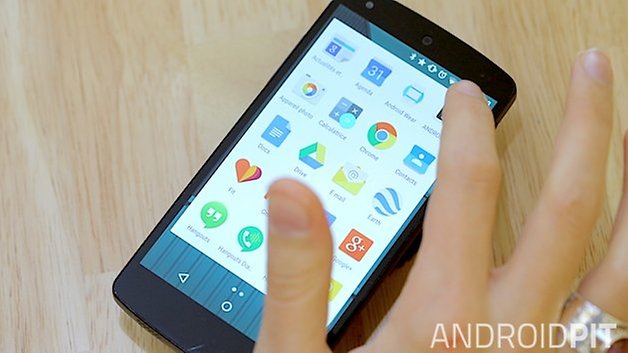
- Best free Nexus 5 apps
- How to screen record on the Nexus 5
The update to the final version of Android 5.0 Lollipop also brings new navigation buttons on the home screen, card-based interface and the all-new Material Design language that is now the standard for all Google apps as well as stock Android. Colors are brighter, icons are flatter and there's great drop shadows and elevation tools for developers to make use of in their apps. There has been some recent wakelock and RAM issues that are receiving some press, but in my experience the Nexus 5 on the Lolipop update has been super fast, super smooth and super stable. Moreso even than on KitKat.
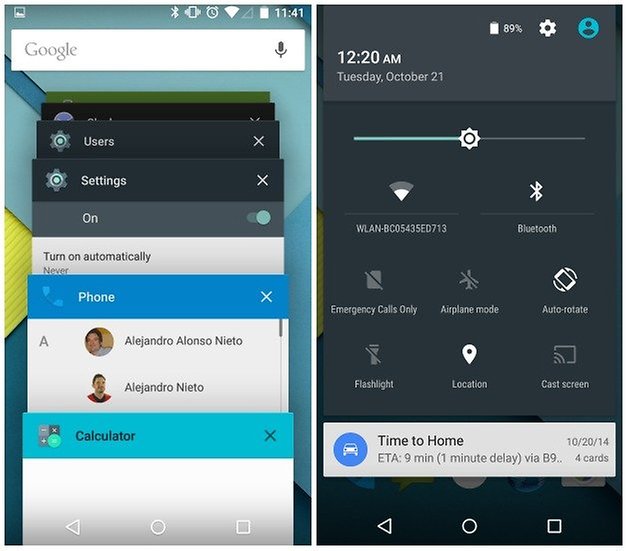
There’s also full screen, immersive viewing modes, cloud printing and other KitKat-introduced features that carry over. Some Nexus 5 features, like Tap and Pay returns with a vengeance, adding the new Tap & Go option to setup, whereby you can tap two NFC-equipped devices together and have all your content transferred to the new one via Bluetooth. it's s great way to bypass the annoyance of setting up a new phone like your old one. Plus, Lollipop comes with new security aspects, better battery management (more on that in a moment), a new camera API and tons of other goodies you have to see to believe.
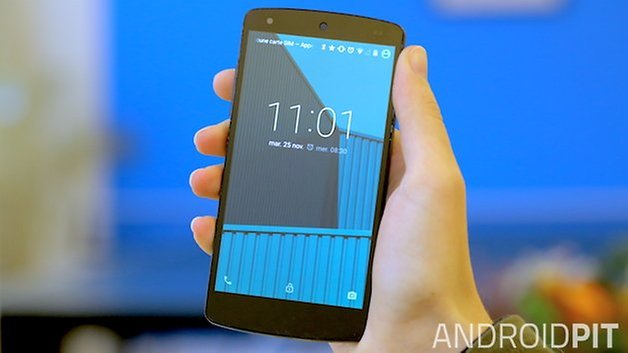
- est Android phones of 2014
- Best Android tablets of 2014
Google Nexus 5 performance
The Nexus 5 specs pretty much have it all: a quad-core Qualcomm Snapdragon 800 processor throbbing away at 2.3 GHz and Adreno 330 graphics. Not surprisingly, everything I put the device up against it handled with ease, although most strangely, swiping up and down repeatedly in Chrome and some other apps produced about the same response lag as the Nexus 4 (something the newer Nexus 6 doesn't suffer from). But general processing speeds, app launches, switching, transitions and gaming were all silky smooth and super fast - even better than with KitKat.
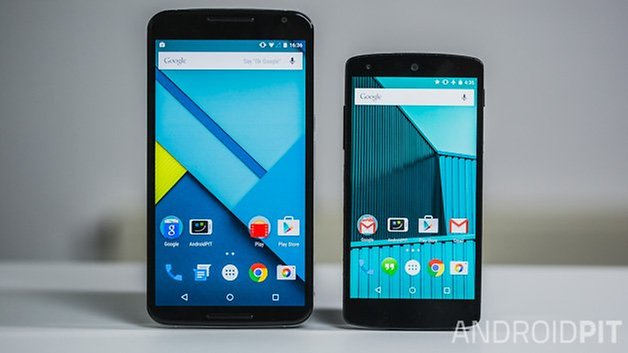
Simple processing tasks like playing OnePlus One.
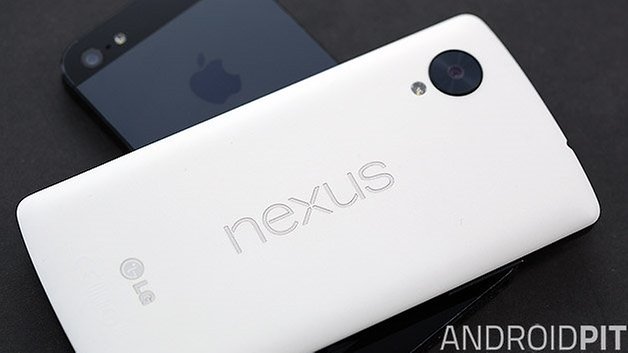
Google Nexus 5 camera
The Nexus 5 has an 8 MP main camera with built-in optical image stabilization, which is, coincidentally, the reason behind the extra large lens glass on the back. For the longest time the Nexus 5 camera was nothing to get too excited about, but following repeated updates to KitKat the Nexus 5 camera performance improved dramatically.
Now, with Android 5.0 Lollipop and an all-new camera API, the Nexus 5 camera is as good as it has ever been, although it's still not as fast or reliable as some other flagships. However, the potential of the camera has finally been unleashed to its full potential by this stage and in good conditions with HDR+ mode, it's equivalent to any other on the market.
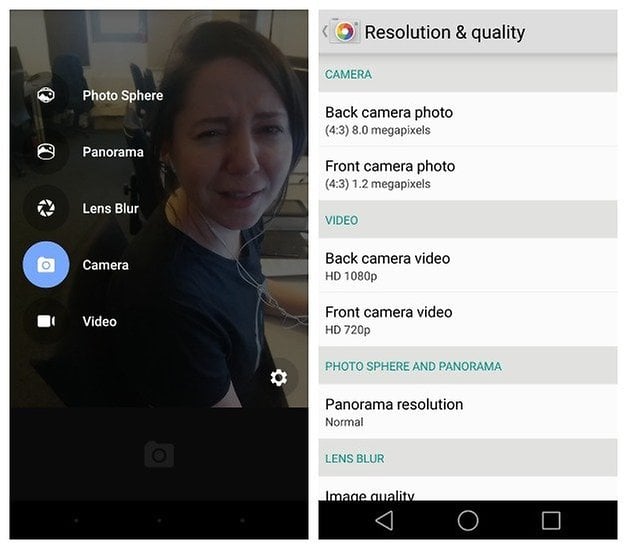
I unfortunately haven't seen much sunshine since the Nexus 5 got Lollipop, but in daylight the results are as good as any mid-range to high-end phone. Color reproduction has improved, as has low light performance, but don't expect the Nexus 5 to outgun the Galaxy S5 or LG G3.
The clearness of HDR+ and the enhancements of OIS in the dark and daytime were pretty noticeable though. Google Camera (which is available for any phone in the Play Store) also features Photosphere, Panorama, Lens Blur and 1080p video (720p on the front-facing camera). You've also now got the option for manual exposure on the Nexus 5.
Google Nexus 5 battery
Many fans of the Nexus line were originally disappointed to hear the Nexus 5 would not only miss out on the rumored battery capacity options, but also just on a significant jump in regular capacity. The Nexus 5 has a 2,300 mAh Lithium-Polymer battery with Qi charging that is non-replaceable compared to the 3,000 mAh found in the G2, which, while also a little larger than the Nexus 5 is only 10 grams heavier.
- How to improve the Nexus 5 battery
- How to enable battery saver on the Nexus 5
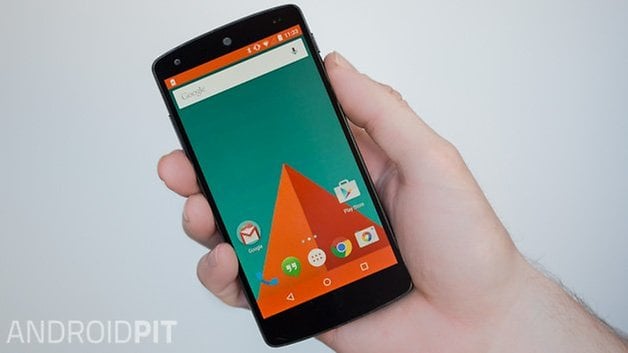
Nevertheless, the improvements that Android 5.0 brings to the Nexus 5 battery are significant. Project Volta on its makes the battery life last around an hour longer and utilizing Battery Saver (where some high performance features of the phone are disabled to extend battery life even more) can be automatically enabled at 5% or 15% remaining. Like the camera, the meagre battery has been given the best opportunity to shine with the new Lollipop update.
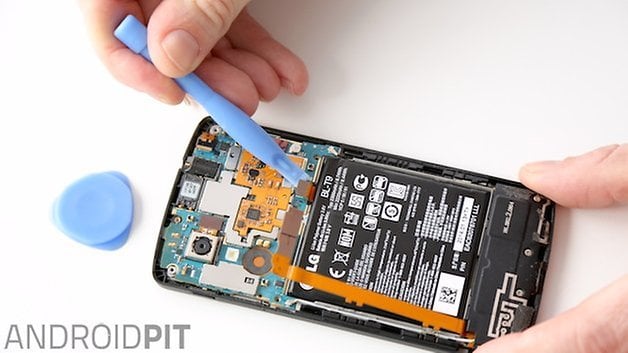
Release date and Price
The Nexus 5 release date was Halloween 2013: October 31st. In recent Google style, the Nexus 5 was simply released to the Google Play Store without fan fare or public presentation. The Nexus 5 launch coincided with the launch of Android 4.4 KitKat and for the first time, an older Nexus device has continued to be sold alongside it's replacement: the Nexus 6. The Nexus 5 price remained true to the standard set by the Nexus 4, with a minor increase due to increased storage capacities: the 16 GB Nexus 5 cost 349 USD and the 32 GB Nexus 5 cost 399 USD, much cheaper than the 600-odd dollars you need for a Nexus 6.


Google Nexus 5 technical specifications
Final verdict
For many, the Nexus 5 is still the Android they had been looking for. And in many ways that is justified. You simply cannot beat the price/performance ratio with this phone, thanks in large part to Google’s willingness to earn nothing from their line of Nexus devices. As a showcase for what Android can do, the Nexus 5 is nearly flawless, although battery life, camera performance, memory expansion, removable battery and uninspiring speaker performance are a pretty big counter-balance to a great display, slick minimal build and still very capable processor and graphics. Lollipop has made the most of the camera and abttery though, and the software is as current as it gets.
But the biggest things that have always placed Nexus devices ahead of the competition are the platform, the price and the performance. Stock Android, no bloatware, unbeatable price point and superior performance are a decent trade-off for many, including me. If you're more interested in what Android can do on a clean platform for half the price of the competition than in replacing your point and shoot camera, never needing to charge again or having a surround sound system in their pocket: the Nexus 5 is worth a serious look, even one year on.





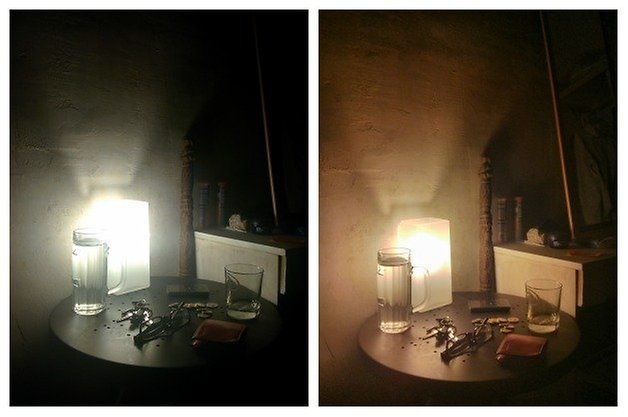


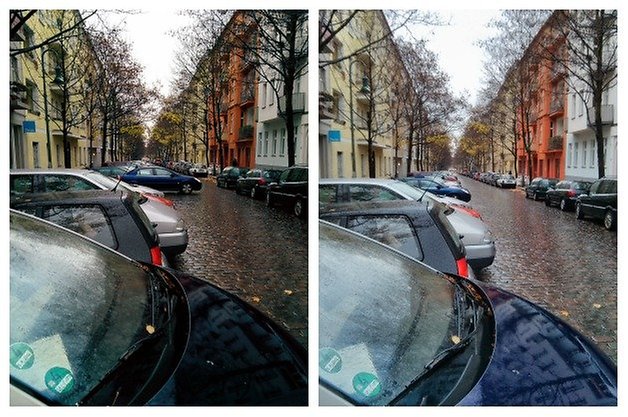















I'm still using Nexus 5 2013 and it works without any problems.. I think that is onee of the best phones Google ewer made...
Thinking about getting this phone to dink around on (flash custom ROMS, etc).
I'm using Nexus 5 and it's worth much more than that price; it's really amazing...
Check out Android M on Nexus 5!
Copy below URL and remove <SPACE>
https:SPACE//www.youtube.com/watch?v=Dh7I_LAXYYw
hye kris,i think i want upgrade my smartphone from xperia zl to z1.but after read the best thing about nexus,i fall in love with this nexus 5.what do you think?
Hi @Amat, that's a tricky question: the Z1 is a great phone. But the Nexus 5 is very cheap phone! I guess it depends on your main considerations: do you want to be able to take large resolution pictures? Do you need expandable memory? How much of a consideration is price for you? How long battery life do you need? The Nexus 5 won't blow your socks off in any of those departments except price. The Z1 has a better camera and battery, and includes microSD expansion, but it costs a lot more than the Nexus 5. For me personally, I'm never far away from a power source and regularly top my battery up throughout the day so those factors don't bother me personally, the camera is not an issue for me because I don't use my smartphone as my primary camera and so on, so it's all up to personal preferences and needs. Then there's the metal vs plastic phones question. I'd suggest making a list of what you need and what you like and see which one ticks the most boxes.
We just got the LG G2 back in the office and now, looking at it and the Nexus 5 side by side, the front of the G2 looks more like the S4 all of a sudden (it even has the rounded glass edge like the Nexus 4). It's the same nice slab of glass with rounded ends like the N5, but the Nexus 5 is really sharp compared to it. What do you think it looks like?